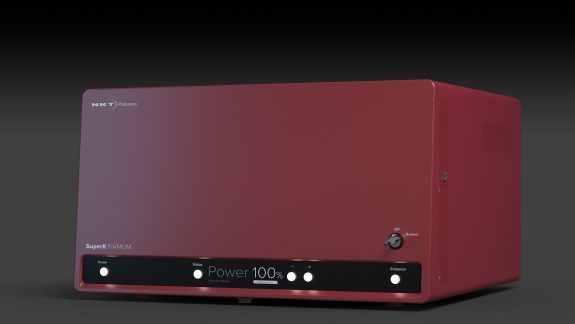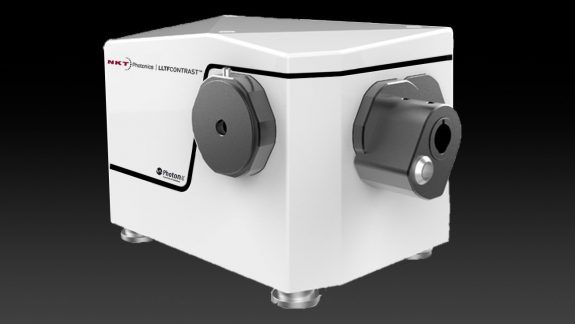With this goal in mind, researchers at the Ecole Polytechnique Fédérale de Lausanne (EPFL) and the Australian National University (ANU) set out to detect and locate tiny molecules, which can serve as an early indication of illness.
Early-stage illness detection
In healthcare, we would like medical treatment and prevention strategies to be adapted to our individual needs. To do so, we need to collect and analyze large amounts of health-related data to be used as reference data. Analyzing blood or saliva samples in an easy, precise – yet inexpensive – way is a step in the right direction towards personalized medicine.
With an optical sensor chip, a standard CMOS camera, and smart data processing software, the international research team around Prof. Hatice Altug at EPFL and Prof. Yuri Kivshar at ANU have demonstrated how it is possible to identify even tiny amounts of biomarkers in our blood, revealing illnesses in the very early stages. The characteristics and location of each molecule can be established. Being able to observe your health frequently and easily paves the way for personalized medicine.
Spectrometers can be replaced by inexpensive optical sensors
It is not trivial to make an inexpensive sensor chip that can detect tiny molecules. The research team worked with advanced technologies such as photonics and metasurfaces. A metasurface is a sheet made from artificial materials with a uniform pattern of nano-elements on top.
At a specific resonance frequency, light is captured and enhanced by the nano-elements thus creating highly sensitive optical hotspots. These hotspots can detect molecules. When a molecule binds to a hotspot, its resonance wavelength is changed, revealing the presence of the molecule.
Consequently, the research team is able to determine the binding location of molecules in a small sample volume on the sensor and count their number by scanning the color of the illuminating light. Meanwhile, a CMOS camera captures the wavelength response of the metasurface. This optical interrogation method is called hyperspectral imaging, where spectral information is collected over the whole imaging area.
Later, all the images are analyzed by smart data science tools to identify trends. The combination of the optical sensor chip with widefield detection and smart data processing makes an expensive spectrometer obsolete while speeding up data acquisition.
A supercontinuum laser allowed for a high-contrast and precise characterization
To collect the spatially resolved hyperspectral data, the research team used a supercontinuum laser source (SuperK EXTREME EXR-15, NKT Photonics) coupled to a laser line tunable filter (LLTF VIS, NKT Photonics) to generate a widefield illumination on a transmitted light microscope. This configuration allows to – easily – perform wavelength scans across the visible and nIR range (490 – 1000 nm) at high contrast and spectral resolution.
Therefore, the research team was able to characterize the spectral response of the high-Q metasurface excited by narrow linewidth light as a calibration for a single wavelength read-out of the chip. By precisely sweeping the peak illumination wavelength in the visible to the near-infrared range, it was possible to collect high-resolution information packages containing a spectral transmission curve – so-called hyperspectral data cubes – giving almost molecular sensitivity to the chip.
Optical sensors can play a key role in personalized medicine
Filiz Yesilkoy and Eduardo R. Arvelo stated: “We are excited about having demonstrated detection sensitivity of a few molecules per µm2 and of a single layer of graphene – as thin as one atom”. ”We believe that optical sensors have the potential to play an important role in personalized medicine,” says the principal investigator, Professor Hatice Altug.
References
For more information, please read EPFL’s press release and the full article in Nature Photonics.




